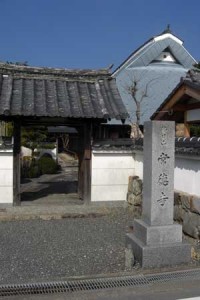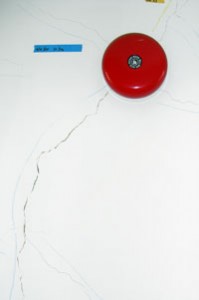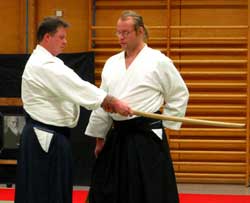Morning Sutra (Day 2 – 27. March)
The Roshi phoned the evening before, he will come for the morning ceremony (choka). We sat Zazen in the dark cold Dojo at 5 am, when I heard footsteps outside, and then a voice, a groaning, moaning, many kinds of deep and scary sounds. I imagined a dragon or some big ancient animal slowly coming into the Temple. And then, reflecting in the glass of the window, I saw Roshi slowly passing behind us. A really impressive figure, not just because of his monk’s robes and shaved head.
The morning service took almost one hour, chanting many Sutras, followed by a very powerful breathing exercise the Roshi created, which clearly reflects his background in martial arts, Kinhin and Zazen.
Somehow, we thought later, the way Roshi entered the Dojo evokes a bit the image of a big old turtle coming from the ocean onto she shore. Well, he loves and collects turtles made from stone, as I could find out later when we visited his other temple.




